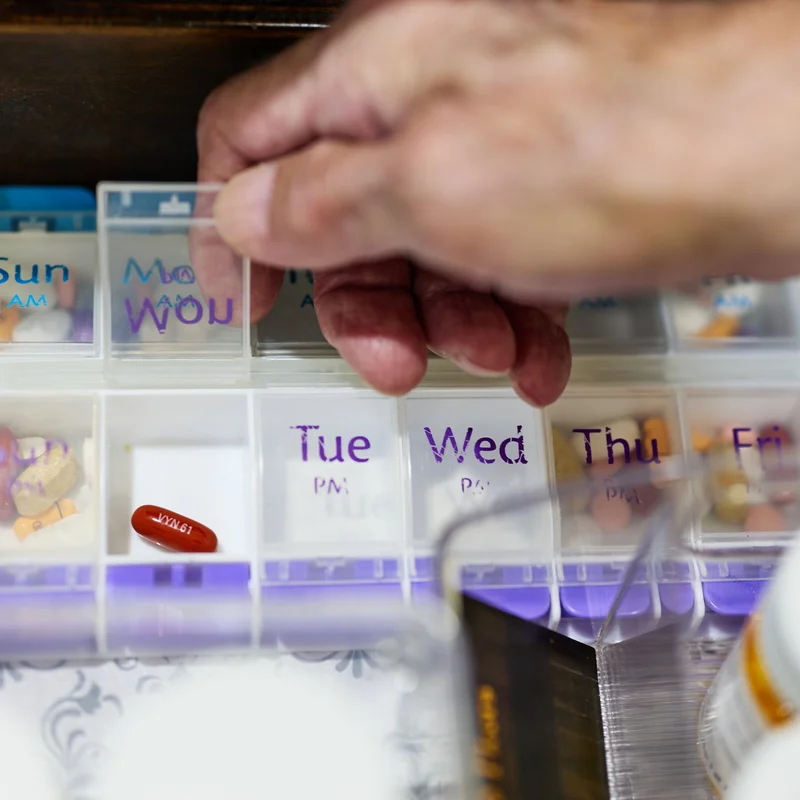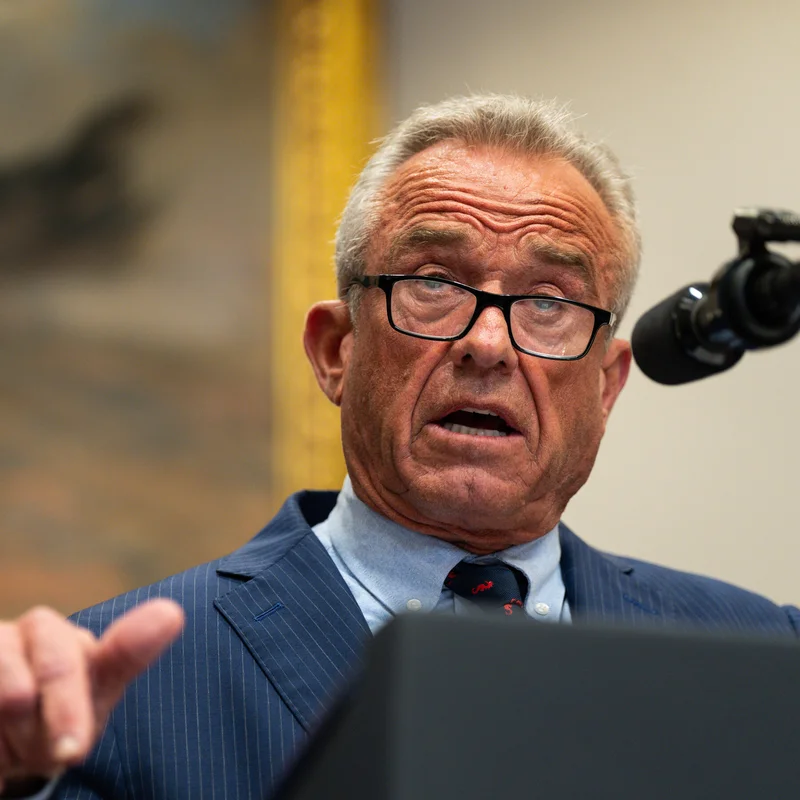On September 25, 2025, former President Donald Trump announced a sweeping new trade policy: a 100% tariff on all branded or patented pharmaceutical imports effective October 1, 2025—unless the drugmaker is actively building U.S. manufacturing capacity . This move, framed as a strategy to bring drug production back to American soil, has ignited fierce debate among economists, healthcare providers, and patients across North America.
What Exactly Is Being Tariffed?
The tariff specifically targets branded or patented pharmaceutical products—those sold under trade names like Humira, Keytruda, or Eliquis—not generic drugs . The policy includes a key exemption: companies that are “building” domestic manufacturing facilities may avoid the full 100% levy .
How Will This Affect Your Wallet?
Experts warn that the immediate consequence for most Americans will be higher out-of-pocket costs. With no domestic alternative for many complex biologics and specialty drugs, importers will likely pass the tariff cost directly to consumers or insurers.
Potential Impacts on Prescription Costs
- Short-term price hikes: Estimates suggest a 5–15% increase in branded drug prices within months .
- Insurance premium spikes: Higher drug costs could lead to increased premiums in 2026 plans.
- Drug shortages: Supply chain disruptions may limit access to critical medications .
- Reduced innovation: Long-term, tariffs could discourage R&D investment in the U.S. market .
Who’s Exempt? The Fine Print
Not all drugs will face the full 100% tariff. The U.S. has existing trade agreements that may offer protection:
| Region/Agreement | Tariff Rate on Pharma | Notes |
|---|---|---|
| European Union | ≤15% | Per recent U.S.-EU trade understanding |
| Canada & Mexico | 0% (typically) | Under USMCA, most pharma products are duty-free |
| China, India, Switzerland | 100% | Major sources of branded drugs; likely full tariff impact |
Step-by-Step: How the Tariff Process Works
1. Drug Imported
Branded drug enters U.S. port
2. FDA & CBP Review
Checks for patent status & origin
3. Tariff Applied
100% if non-exempt branded drug
4. Price Passed On
To pharmacy, insurer, or patient
What Can Patients Do?
If you rely on branded medications, consider these proactive steps:
- Ask about generics: Even if your drug is branded, a generic equivalent may exist.
- Check therapeutic alternatives: Work with your doctor on lower-cost options.
- Use manufacturer coupons: Many pharma companies offer co-pay assistance programs.
- Monitor your plan’s formulary: Insurers may shift coverage tiers in response to price changes.
For more on managing medication costs, see our guide on [INTERNAL_LINK:affordable-prescription-strategies].
The Bigger Picture
While the Trump administration argues this policy will end “global freeloading” and cut U.S. drug prices long-term , critics counter that it may backfire. “Medications are already too expensive in the U.S.,” warns one physician. “Tariffs will only make it worse” .
According to the U.S. Food and Drug Administration (FDA), all imported drugs must meet the same safety standards as domestic ones , but tariffs add a financial barrier that could limit access without improving quality.
Sources
- https://www.nytimes.com/2025/09/26/health/trump-drug-tariffs-prescription-costs.html
- https://www.fda.gov/
- https://www.healthaffairs.org/
- https://www.jhsph.edu/




